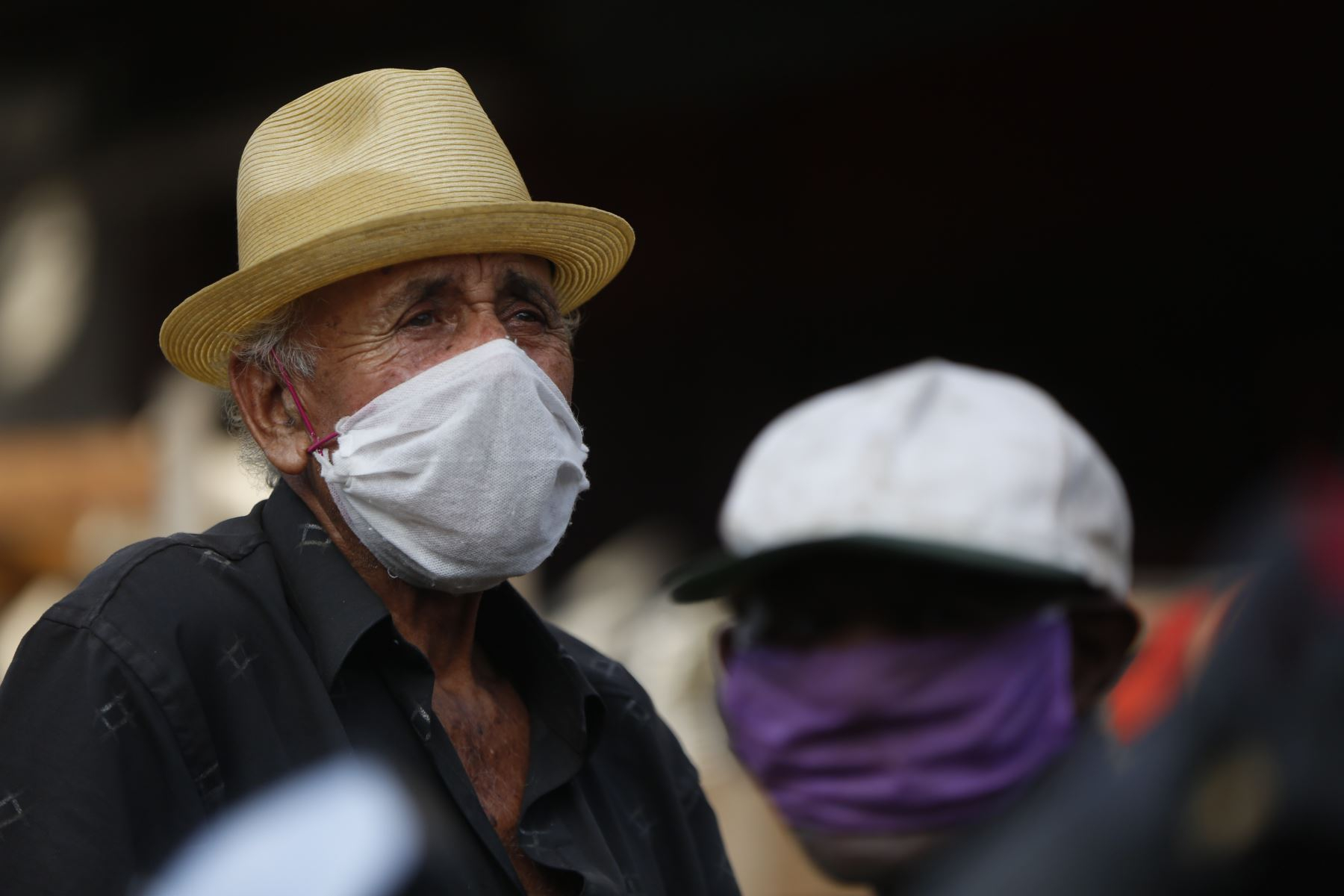
In 2050, the Peruvian population would reach 40 million inhabitants. Globally, the world will be inhabited by 426 million people over 80 years of age and more than 1,500 million over 65 years of age.
Life expectancy at birth in Peru would be 83 years by 2050. What would make it the fifth most populous country in the region, with around 40 million inhabitantsaccording to the National Center for Strategic Planning (Ceplan).
Globally, the entity estimates that by 2050 The world will be inhabited by 426 million people over 80 years of age and more than 1.5 billion over 65 years of age (16% of the world population), being approximately double the figure for 2020. In addition, it is expected that by 2100 the average age of the world population will increase to 42 years, thus doubling the estimated figure of 1950.
Carnivals will move tourism from Ancash, Cajamarca and Tumbes in February
According to the data sheet on population aging megatrends published by Ceplan’s National Foresight Observatory, the projections correspond, first of all, to the fact that the volume of the world population will continue to grow to 10.9 billion people in 2100, which It will imply an increase of almost 3,000 million compared to the current figure.
Factors of the aging of the world population
One of the factors behind the aging of the population is that global fertility is expected to continue to decline in line with the decrease in the number of births per woman. Regarding this indicator, it has been recorded that women currently conceive half as many sons and daughters as 70 years ago, when there were approximately five births per woman. In the same way, it is projected that the number of sons and daughters per woman will continue this behavior until it drops to less than two by 2100.
Meanwhile, another factor in the aging of the population is due to the increase in life expectancy. Thus, between 1990 and 2019, life expectancy at birth increased from 64 to 73 years; while, by 2050, approximately 54% of the world population would have a life expectancy at birth between 70 and 80 years; and it would be expected that by 2100 people will live to be 82 years old on average.
According to information from the United Nations, due to the COVID-19 pandemic, the average annual growth of the world population is slowing down, reducing the current growth rate to 1%. Despite this, India, China, Nigeria, the United States and Brazil will be some of the countries with the greatest increase in their population by 2050.
US GDP recovered 2.1% in 2022
Likewise, a United Nations report indicates that population aging is about to become one of the most significant social transformations of the 21st century, affecting almost all sectors of society. Among them, the labor and financial markets, and the demand for goods and services (housing, transportation, social protection, etc.); as well as for family structure and intergenerational ties.
Source: Larepublica
Alia is a professional author and journalist, working at 247 news agency. She writes on various topics from economy news to general interest pieces, providing readers with relevant and informative content. With years of experience, she brings a unique perspective and in-depth analysis to her work.












